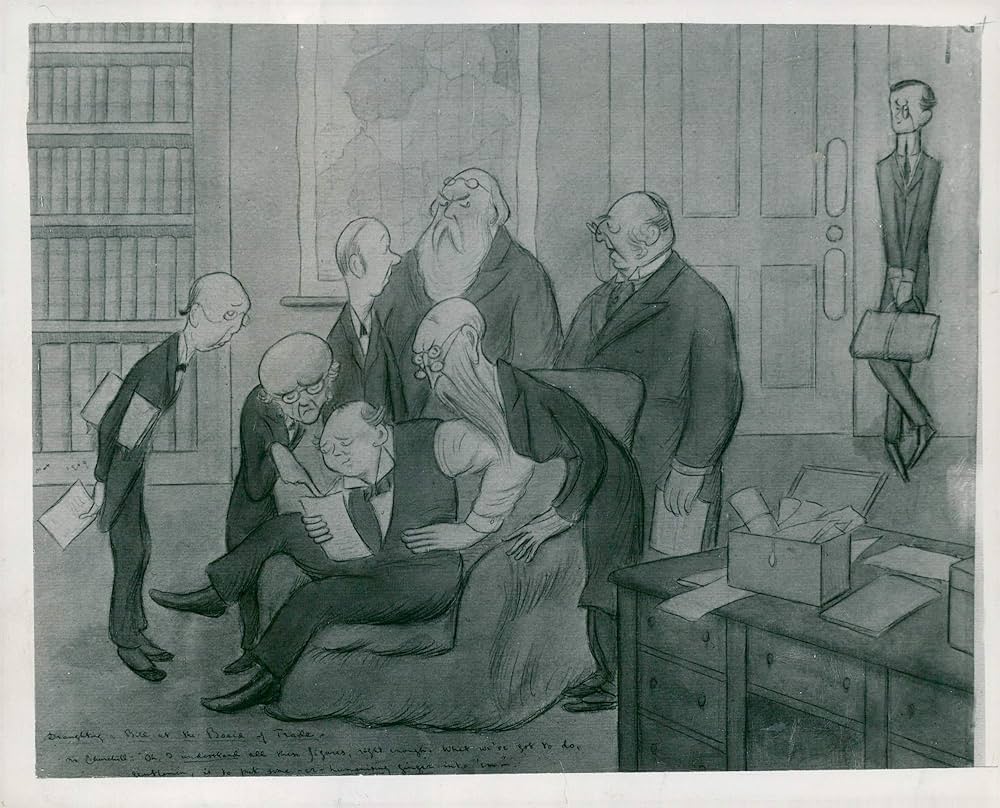Winston Churchill and his Private Secretary, Edward (Eddie) Marsh, were the best of friends. Churchill wrote to him: ‘Few people have been so lucky as me to find in the dull and grimy recesses of the Colonial Office a friend who I shall cherish & hold to all my life.’ [1] In 1910, early on in their working relationship, Marsh had been offered the position of Private Secretary and Master of Ceremonies to Herbert Gladstone [2], but he declined on the basis that ‘It would mean chucking Winston for good, and that would simply be too great a wrench. We have got peculiarly attached to one another in the four years we have been together, and I do want to stay with him so long as he is in office.’ [3] They were immortalised working together in two cartoons by Max Beerbohm:
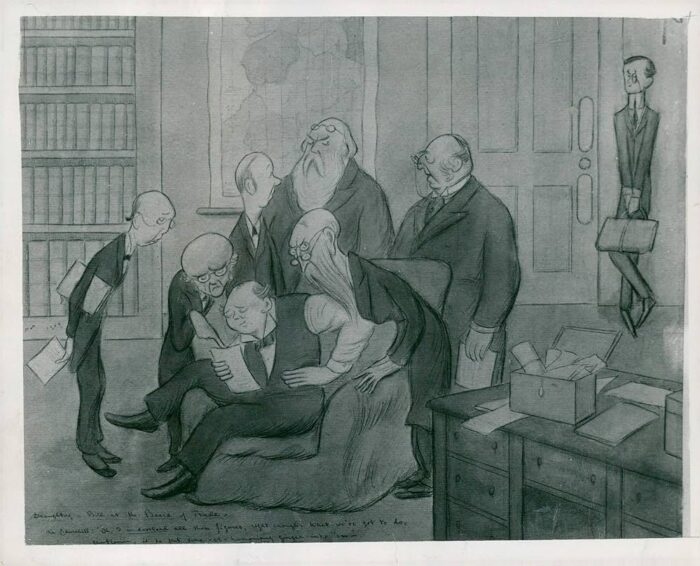
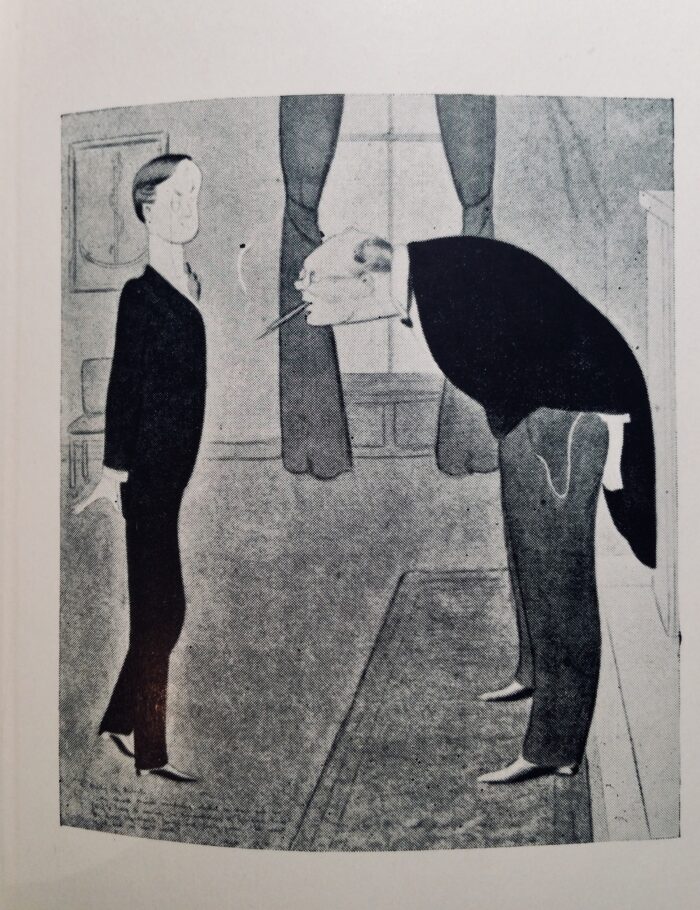
They shared an avid interest in painting: Marsh was a passionate collector of contemporary art and Churchill was a keen amateur painter, but they did not always see eye to eye. Diana Mosley remembered ‘Winston Churchill inveighing against a large picture by Stanley Spencer of Cookham war memorial which hung on the staircase [at 96 Cheyne Walk], and Eddie Marsh defending it against his onslaught’. [4] They did, however, agree upon the merits of the painter Walter Sickert (1860-1942), who was recognised as an important artist in his own lifetime and, since his death, has been acknowledged as one of the most influential figures in twentieth-century British art.
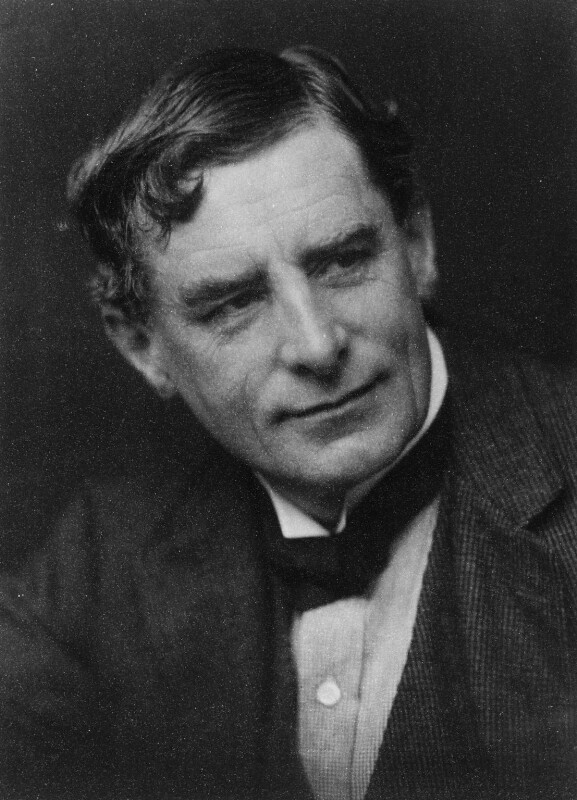
(NPG x132945)
Marsh thrilled at the prospect of visiting artists’ studios and purchasing paintings ‘wet from the brush’ in order to encourage and help ‘a man of talent, perhaps of genius’. [5] He first visited Sickert’s studio in 1892 and he owned two of Sickert’s pictures which he lovingly described: ‘The New Bedford, a masterpiece of his early period’ and ‘Her Majesty’s, a heavenly vision of sky-blue and honey-colour’. [6]
Churchill first encountered Sickert when the artist reconnected with Clementine, who had lived with her mother, Lady Blanche Hozier, in Dieppe where they had been neighbours. Sickert and Churchill became firm friends and Sickert was a regular visitor to Chartwell where he gave Churchill painting lessons. In 1927 Sickert painted Churchill’s portrait which won praise from the critics, (but unfortunately not from Churchill or Marsh), when it was displayed at the Savile Gallery, London in 1928.
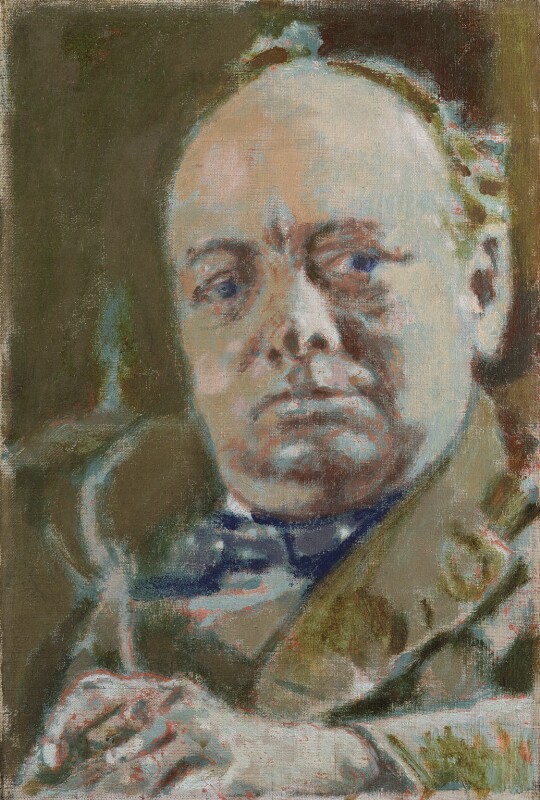
(NPG 4438)
Six years later, approaching his seventy-fourth birthday, Sickert had become unwell and, despite the success of his exhibitions, impecunious. Marsh received a letter from Sickert’s friend Sir Alec Martin, Director of Christie’s, who was concerned about his ‘serious, almost desperate, financial position’; he and a group of Sickert’s friends had formed a committee ‘to raise a substantial sum, such as will enable Mr Sickert to continue his work which he cannot do at present harassed as he is by many creditors’. [7]
Marsh alerted Churchill immediately: ‘Have you heard of Walter Sickert’s desperate position? I’m afraid he has been very improvident, thinking when he had a good break that it would last for ever. But he’s a great artist, & must be forgiven. […] I hate to bother you, but I’m obliged to do what I can for the old boy.’ [8] Churchill, who was ‘very grieved to hear of his plight’, responded to Marsh’s plea: ‘A thousand thanks. It is absolutely okay’ and donated a cheque for £10 to the Walter Sickert Fund. [9] Sickert’s debts were settled and in 1940, when Churchill was Prime Minister, Sickert was awarded a Civil List Pension of £170 per annum.
Churchill and Marsh were pleased to help Sickert towards the end of his life, exemplifying the merits of long-lived friendship and patronage of the arts.
Sharon Mather
Sharon Mather had a successful career in fundraising for the Arts and Higher Education sectors including the Fitzwilliam Museum, the Royal Academy of Arts and Churchill College, Cambridge, where she was a Fellow from 2006 until 2014, before achieving a Distinction in M.A. Biography with the University of Buckingham in 2020. She was also awarded the University Prize for the Best Performance in Biography. In 2021 she was short-listed for the Tony Lothian Prize for, Edward Marsh: A Life of Poets, Painters & Players which was published by Unicorn Publishing in October 2023.
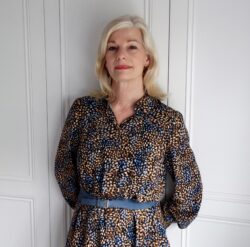
[1] Churchill to Marsh, 20 Aug. 1908; University of Cambridge, Churchill Archives Centre, Papers of Sir Edward Marsh, GBR/0014/EMAR/ 2.
[2] Herbert Gladstone, 1st Viscount Gladstone (1854 – 1930), Governor-General of the Union of South Africa 1910 – 1914.
[3] Hassall, Edward Marsh, Patron of the Arts, p. 151.
[4] Mosley, A Life of Contrasts, p. 89. The conversation took place in 1932 at Diana Mosley’s twenty-second birthday party.
[5] Marsh, A Number of People, p. 355.
[6] Marsh, ‘Patronage in Art To-day III’, p. 487.
[7] Sir Alec Martin to Marsh, 14 May 1934; University of Cambridge, Churchill Archives Centre, CHAR 2/575 A-B/83.
[8] Marsh to Churchill, 15 May 1934; University of Cambridge, Churchill Archives Centre, CHAR 2/575 A-B/82.
[9] Churchill to Marsh, 16 May 1934; University of Cambridge, Churchill Archives Centre, CHAR 2/575 A-B/84.

